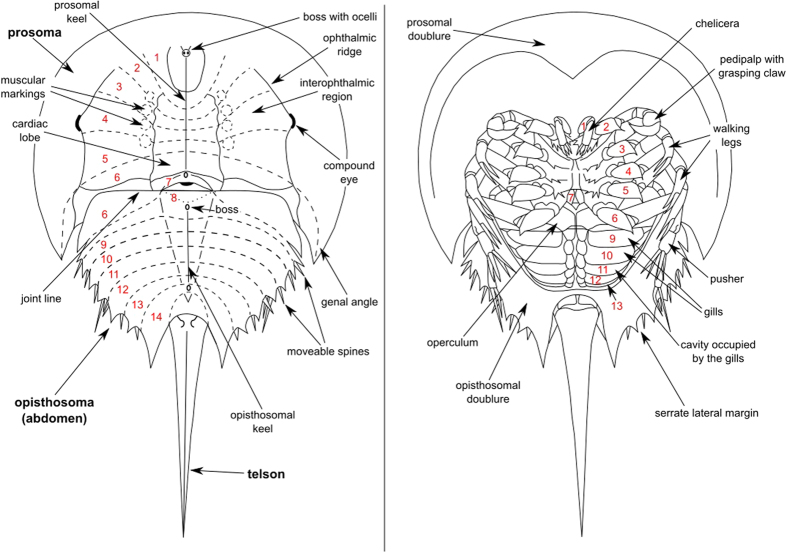Figure 5. Sketch of the modern Limulus polyphemus, a representative of the family Limulidae.
Left: Dorsal view of the carapace, which is subdivided into prosoma, opisthosoma and telson. Superimposed is the original segmentation of the carapace marked by the dashed lines. In modern taxa of xiphosurans the original segments are fused and can only be deduced from the phylogenetic development of the xiphosurans. The joint line, which subdivides the prosoma and the opisthosoma from each other, cuts the deduced course of the original 6th segment. Consequently, the 6th segment in modern limulids partially belongs to the prosoma and to the opisthosoma. Right: Ventral view of the carapace. The numbers 1–13 represent the appendages of the prosoma and opisthosoma. The width of the prosoma is approximately 15 cm for a male specimen.

